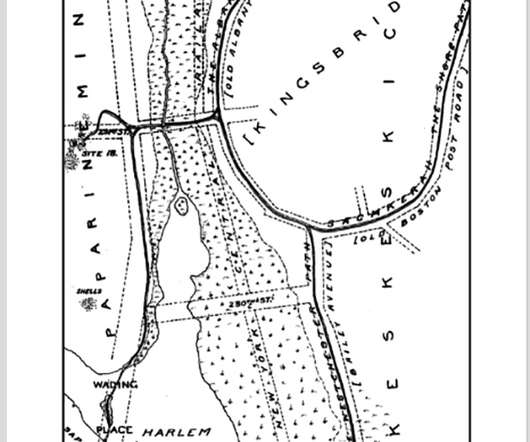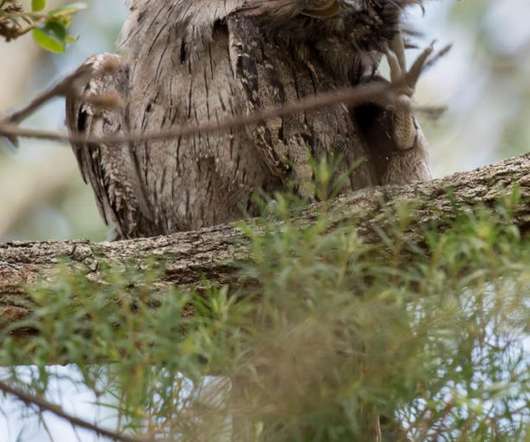Urban Ornithology: 150 Years of Birds in New York City–A Book Review
10,000 Birds
JANUARY 7, 2020
Natural areas include Pelham Bay Park, Van Cortlandt Park, Woodlawn Cemetery, New York Botanical Garden, and the Bronx Zoo. Not all habitat change is due to humans; there is Chestnut Blight destroying American Chestnuts in the early 1900s, and the more recent Dutch Elm disease. This is a project that clearly spanned decades.












Let's personalize your content